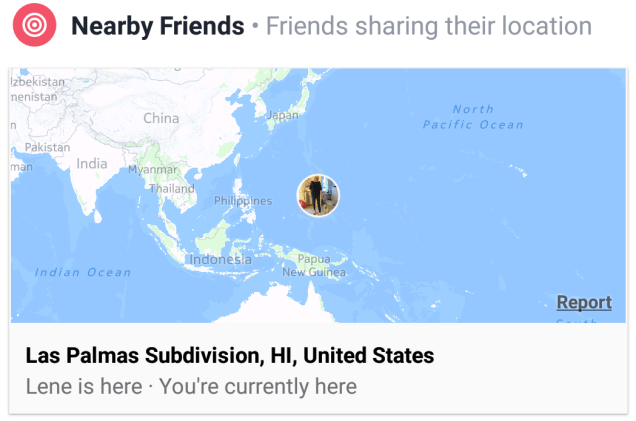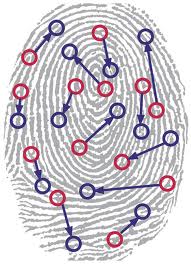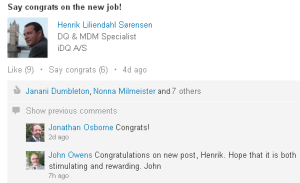Reltio has a blog series with the tag #moderndatamasters. The posts are interviews with people in the data management world. The other day it was my turn to share my story.
Kate Tickner from Reltio went with me around some serious questions as:
- How would you define “modern” data management and what does it /should it mean for organisations that adopt it?
- What are your top 3 tips or resources to share for aspiring modern data masters?
- Can you tell us a little more about the concepts behind Product Data Lake and your vision for how it could be used in the future?
- What trends or changes do you predict to the data management arena in the next few years?
You can read the interview here on the Reltio blog.
At the end we touched:
- What do you like to do outside of work?
- Which 3 people – living or dead, real or fictional – would you invite to a dinner party and why?
- What are you cooking?
For the dinner party I would make paella and, based on my interest in history, picked three historical persons, who also have been featured on this blog:
- Herodotus is the man to consult if you want to know if the Marathon race is based on true data lineage as explained in the post Marathon, Spartathlon and Data Quality.
- Darwin made his famous theory on survival – but should it be of the fittest or Survival of the Fit Enough?
- Einstein had a true saying about simplicity as told in the post Keep It Real, Stupid.


 One of the most important ones is exchange of product information between manufacturers, distributors, resellers and large end users of product information. And that is not going very well today. Either it is based on fluffy emailing of spreadsheets or using rigid data pools and portals. So there are definitely room for improvement here.
One of the most important ones is exchange of product information between manufacturers, distributors, resellers and large end users of product information. And that is not going very well today. Either it is based on fluffy emailing of spreadsheets or using rigid data pools and portals. So there are definitely room for improvement here.

 A big talk in the media in Denmark this weekend is the story about that a little harbor restaurant specializing in serving fish has been denied continuing using the name Jensens Fiskerestaurant (Jensen’s Fish Restaurant in English). A lower court has earlier disallowed the name Jensens Fiskehus (Jensen’s Fish House in English).
A big talk in the media in Denmark this weekend is the story about that a little harbor restaurant specializing in serving fish has been denied continuing using the name Jensens Fiskerestaurant (Jensen’s Fish Restaurant in English). A lower court has earlier disallowed the name Jensens Fiskehus (Jensen’s Fish House in English).



